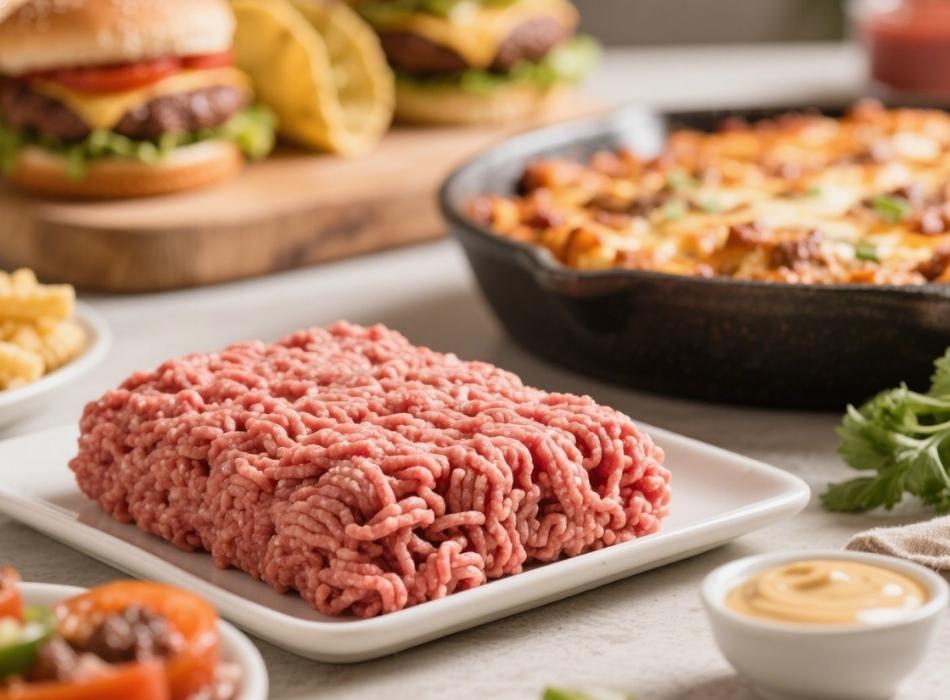Ground beef is a kitchen staple in countless recipes—from hearty burgers and tacos to comforting casseroles and sauces. But suppose you’re tracking your calorie intake, planning meals, or simply curious about the nutritional value of this protein-packed ingredient. In that case, you might wonder: exactly how many calories are in one pound of ground beef?
The answer isn’t as straightforward as you might expect. The calorie content of ground beef varies significantly based on its fat content, cooking method, and preparation. This comprehensive guide will break down everything you need to know about ground beef calories, helping you make informed diet and meal planning decisions.
Understanding Ground Beef Fat Percentages
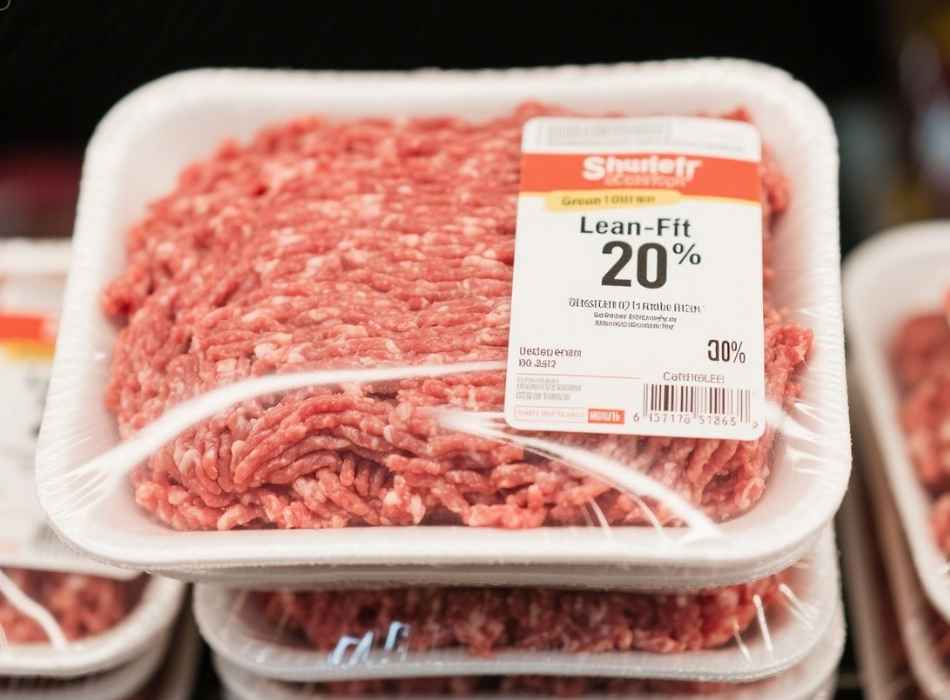
Ground beef is typically labeled with its lean-to-fat ratio, directly impacting its calorie content. The most common varieties you’ll find at the grocery store include:
93/7 Ground Beef (Lean)
This extra-lean option contains 93% lean meat and 7% fat. One pound of raw 93/7 ground beef contains approximately 784 calories. This makes it the lowest-calorie option among ground beef varieties.
90/10 Ground Beef (Lean)
With 90% lean meat and 10% fat, this option provides around 800 calories per pound when raw. It strikes a good balance between flavor and calorie content.
85/15 Ground Beef (Regular)
This popular choice contains 85% lean meat and 15% fat, delivering about 1,152 calories per pound. Many home cooks prefer this ratio for its improved flavor and juiciness.
80/20 Ground Beef (Regular)
Often considered the gold standard for burgers, 80/20 ground beef contains 80% lean meat and 20% fat. One pound provides approximately 1,216 calories.
73/27 Ground Beef (High Fat)
This variety contains about 1,360 calories per pound, the highest fat content commonly available. While more caloric, it offers rich flavor and moisture.
How Cooking Method Affects Calories
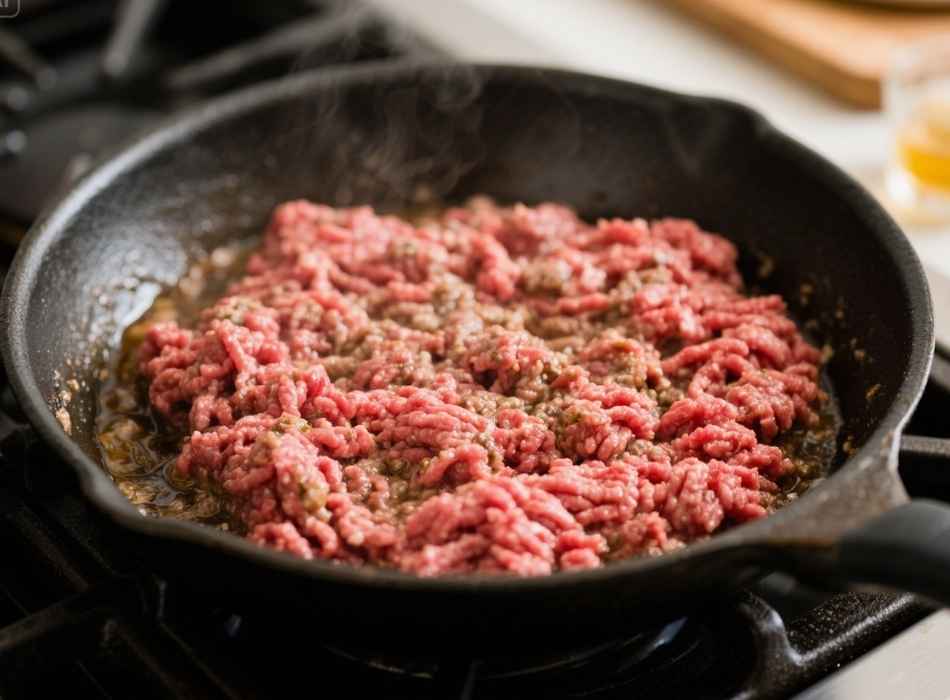
The way you prepare ground beef significantly impacts its final calorie count. Different cooking methods affect fat retention, directly influencing the total calories consumed.
Pan-Frying and Browning
When you brown ground beef in a skillet, much of the fat renders out and can be drained away. This cooking method typically reduces the calorie content by 15-25%, depending on how thoroughly you drain the fat.
Grilling
Grilling allows fat to drip away from the meat, similar to pan-frying with good drainage. Grilled ground beef patties will have fewer calories than their raw weight suggests.
Baking and Roasting
These dry-heat methods also allow fat to render out, though the degree depends on whether the fat is drained during or after cooking.
Slow Cooking
Slow cooking tends to retain more fat since the rendered fat often remains in the dish, maintaining more of the original calorie content.
Nutritional Breakdown Beyond Calories
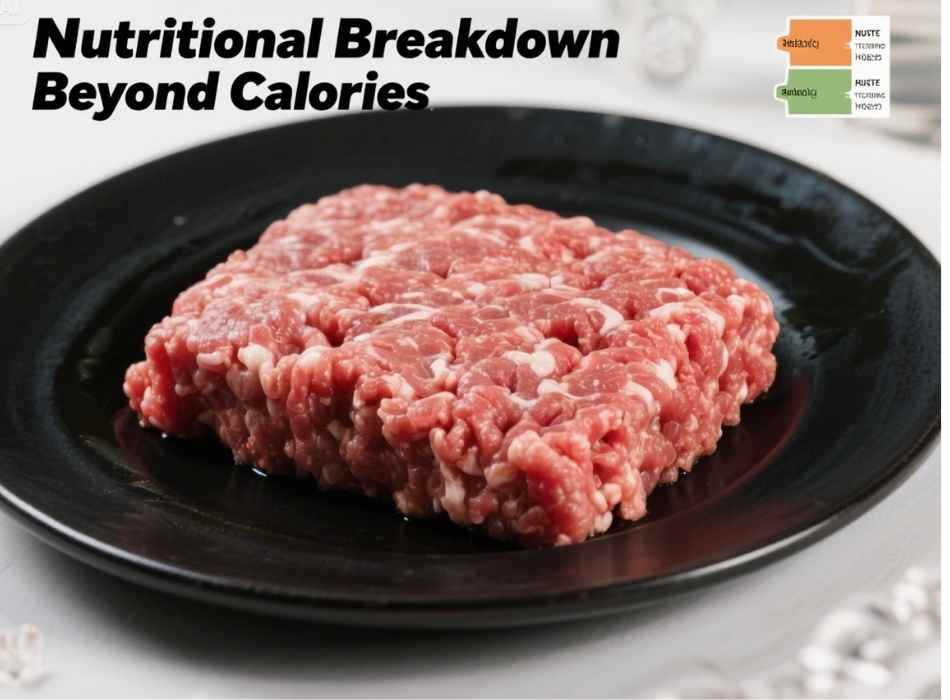
Understanding the complete nutritional profile of ground beef helps put the calorie content into perspective.
Protein Content
Ground beef is an excellent source of complete protein. One pound of 85/15 ground beef provides approximately 88 grams of protein, making it valuable for muscle building and maintenance.
Fat Content
The fat in ground beef includes both saturated and unsaturated fats. While higher-fat ground beef contains more calories, it also provides fat-soluble vitamins and essential fatty acids.
Vitamins and Minerals
Ground beef is rich in:
- Iron for oxygen transport
- Zinc for immune function
- Vitamin B12 for nerve function
- Selenium for antioxidant protection
- Phosphorus for bone health
Practical Portion Considerations
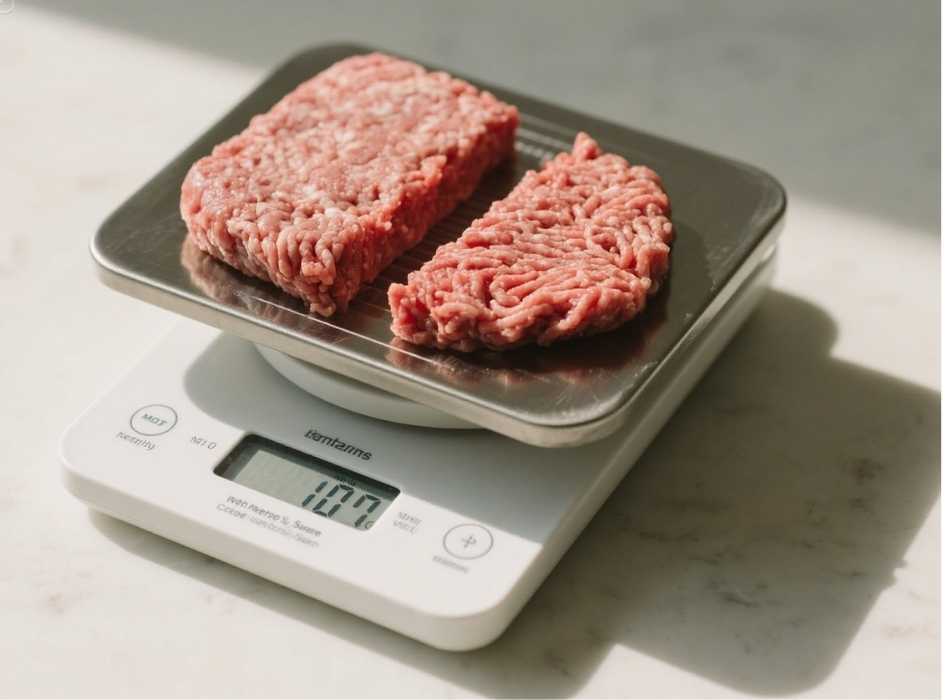
Most recipes don’t call for a full pound of ground beef per serving. Understanding typical portion sizes helps you calculate actual calorie intake more accurately.
Standard Serving Sizes
A typical serving of ground beef is 3-4 ounces, which equals about 1/4 pound. This means:
- 93/7 ground beef: approximately 196 calories per serving
- 85/15 ground beef: approximately 288 calories per serving
- 80/20 ground beef: approximately 304 calories per serving
Recipe Applications
Different dishes use varying amounts of ground beef:
- Hamburger patties: typically 1/4 to 1/3 pound each
- Tacos: about 2-3 ounces per serving
- Spaghetti sauce: 1-2 ounces per serving
- Casseroles vary widely based on other ingredients
Choosing the Right Ground Beef for Your Goals
Your choice of ground beef should align with your nutritional goals and culinary needs.
For Weight Management
If you’re watching calories, lean options like 93/7 or 90/10 provide substantial protein with fewer calories. However, you may need to add moisture through cooking techniques or other ingredients.
For Flavor and Texture
Higher-fat options like 80/20 or 85/15 offer better flavor and juiciness, making them ideal for burgers and dishes where taste is paramount.
For Balanced Nutrition
The 85/15 ratio often provides the best balance of flavor, texture, and reasonable calorie content for most applications.
Smart Cooking Tips to Manage Calories
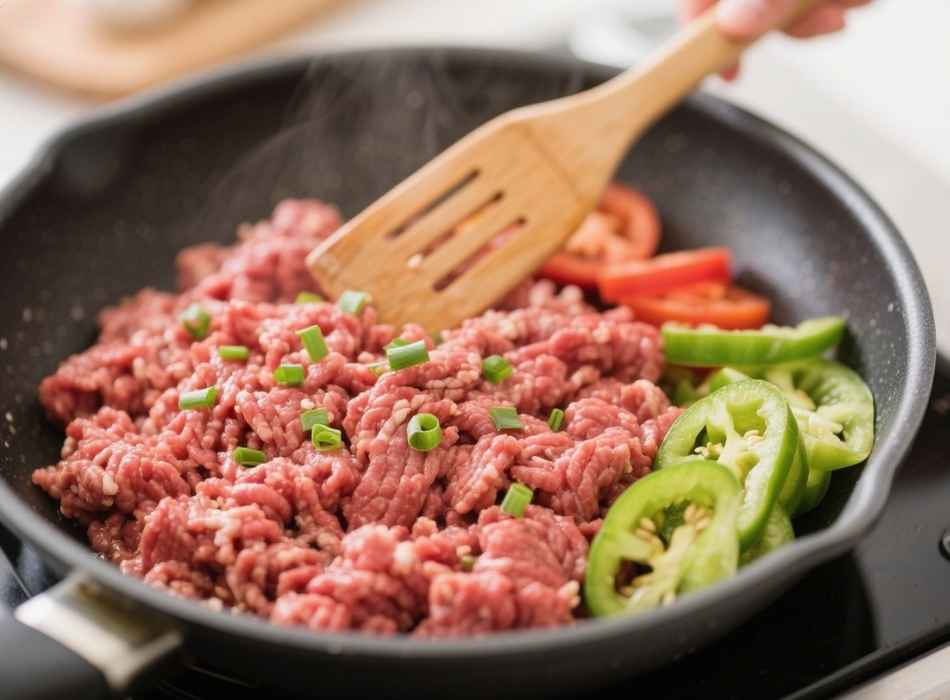
Several techniques can help you enjoy ground beef while managing calorie intake effectively.
Drain Thoroughly
After browning ground beef, drain it in a colander and pat with paper towels to remove excess fat. This simple step can reduce calories by 20% or more.
Rinse When Appropriate
You can rinse browned ground beef with hot water to remove additional fat for some dishes, though this may impact flavor.
Mix with Vegetables
Extend ground beef with diced vegetables like mushrooms, onions, or bell peppers to reduce overall calorie density while adding nutrients and fiber.
Use as a Flavor Base
Rather than making ground beef the star, use smaller amounts as a flavor base in dishes with beans, vegetables, or whole grains.
Making Informed Choices for Your Health
Understanding ground beef calories empowers you to make choices that support your health goals while enjoying this versatile protein source. The key lies in selecting the appropriate fat content for your needs and using cooking methods that align with your nutritional objectives.
Remember that calories are just one aspect of nutrition. Ground beef provides high-quality protein, essential vitamins, and minerals that support overall health. By choosing appropriate portions and preparation methods, you can enjoy ground beef as part of a balanced diet while meeting your calorie goals.
Whether you’re meal prepping for the week or planning a special dinner, knowing the calorie content of different ground beef varieties helps you make informed decisions that support your taste preferences and nutritional needs.



















